DAITERLENS
Film photographer, camera engineer, human renderer.
HOW LIGHT SHINES THROUGH THE CAUCASUS PART 2: PROTEST
Category: Photography
Subcategory: Political / Travel
Country: Azerbaijan + Armenia
Gear used:
Camera: Voigtlander Bessa R2A
Lenses: Voigtlander 50mm f/1.2 Nokton VM + Voigtlander 28mm f/2 Ultron Vintage VM
Nighttime film: Cinestill 800T (one roll)
Daytime films: Kodak Portra 400, Cinestill 50D, Karmir Film 160 (one roll, locally made in Yerevan. And they're scaling up!)
Slide film for portraits and a bit of street work: (the legendary) Kodak Ektachrome 100 (one roll)
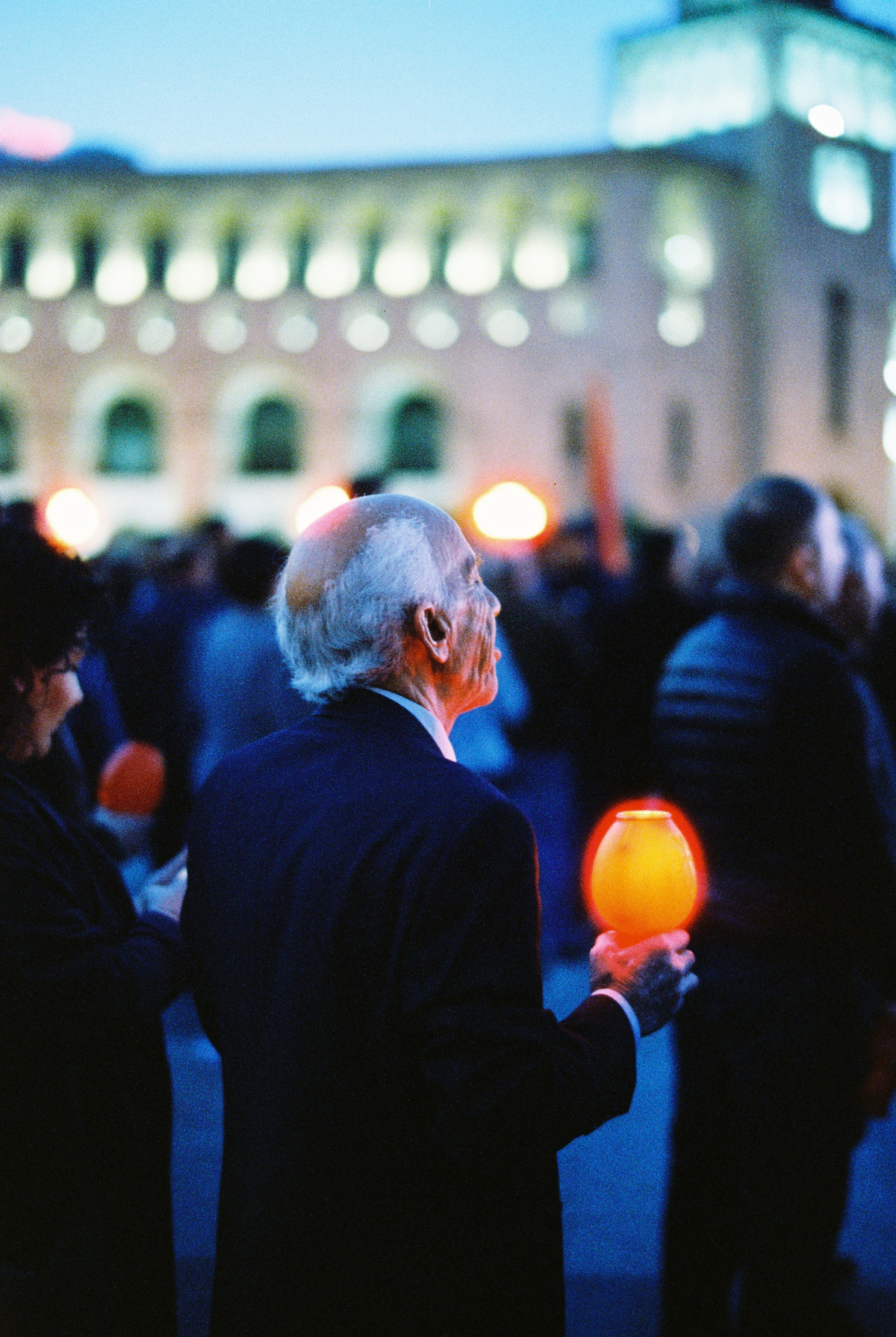
Photographing Armenia's Genocide Remembrance Day was going to be stressful due to how delicate the event's history had become. I knew that beforehand.
“The genocide to Armenians was like the Holocaust to Jews”
-An American-Armenian I interviewed at Armenian Genocide Remembrance Day
It's easy to see how Armenian Genocide Remembrance Day would be so emotionally charged: 1.5 million Armenians were slaughtered by the Turkish government through a forced genocide. The way with which Armenians congregate and express themselves in mass tends to be loud, direct, and incredibly visual. Turkish and Azeri flags were burned on a main stage before thousands of people with tiki torches marched through Yerevan, in order to show solidarity.
![A deluge of supporters convene on the Armenian Genocide Memorial. Cinestill 800T.]()
![Nationalism and unity are seen here, bleeding into one another while expressing grief. Cinestill 800T.]()
“The genocide to Armenians was like the Holocaust to Jews”
-An American-Armenian I interviewed at Armenian Genocide Remembrance DayIt's easy to see how Armenian Genocide Remembrance Day would be so emotionally charged: 1.5 million Armenians were slaughtered by the Turkish government through a forced genocide. The way with which Armenians congregate and express themselves in mass tends to be loud, direct, and incredibly visual. Turkish and Azeri flags were burned on a main stage before thousands of people with tiki torches marched through Yerevan, in order to show solidarity.

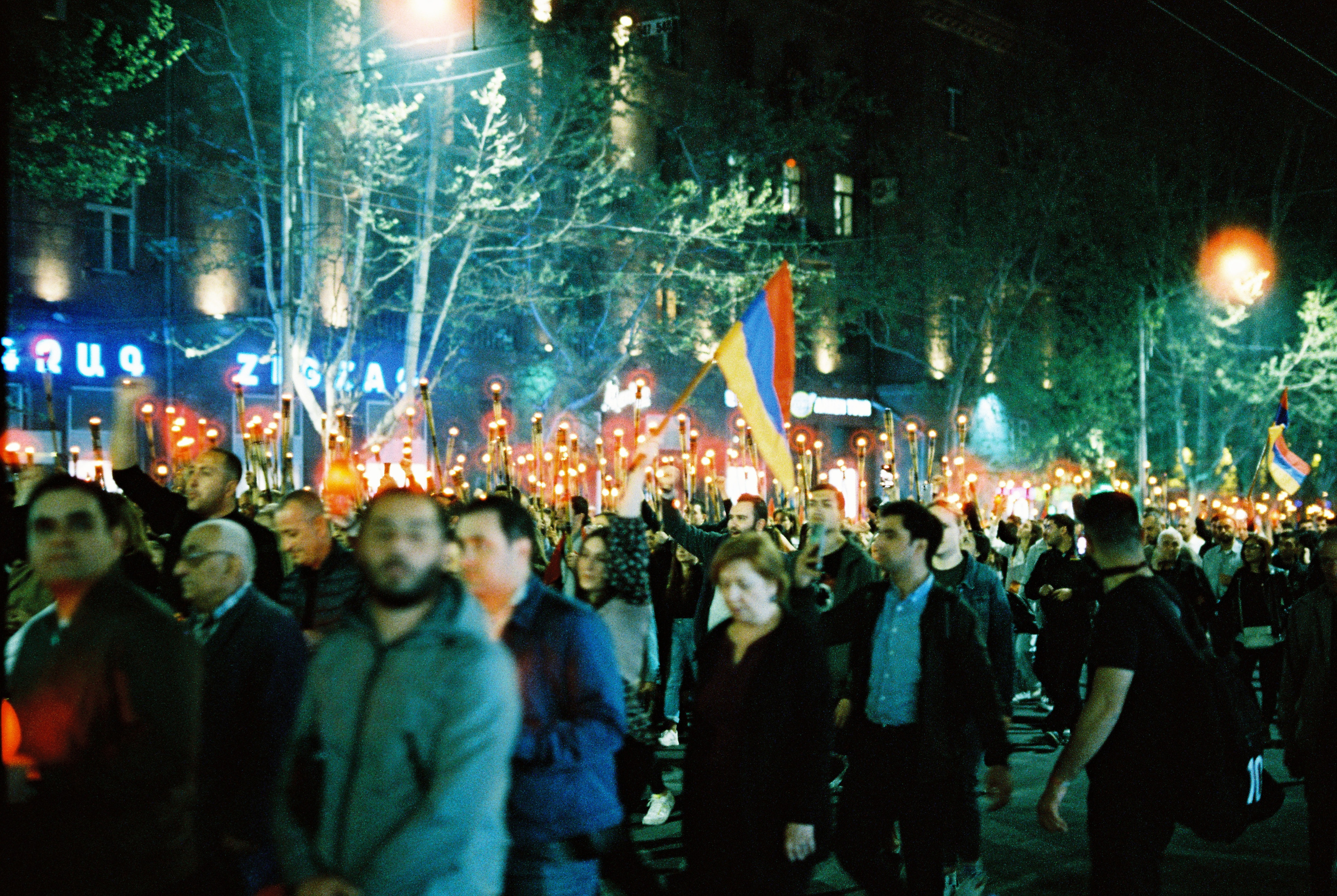
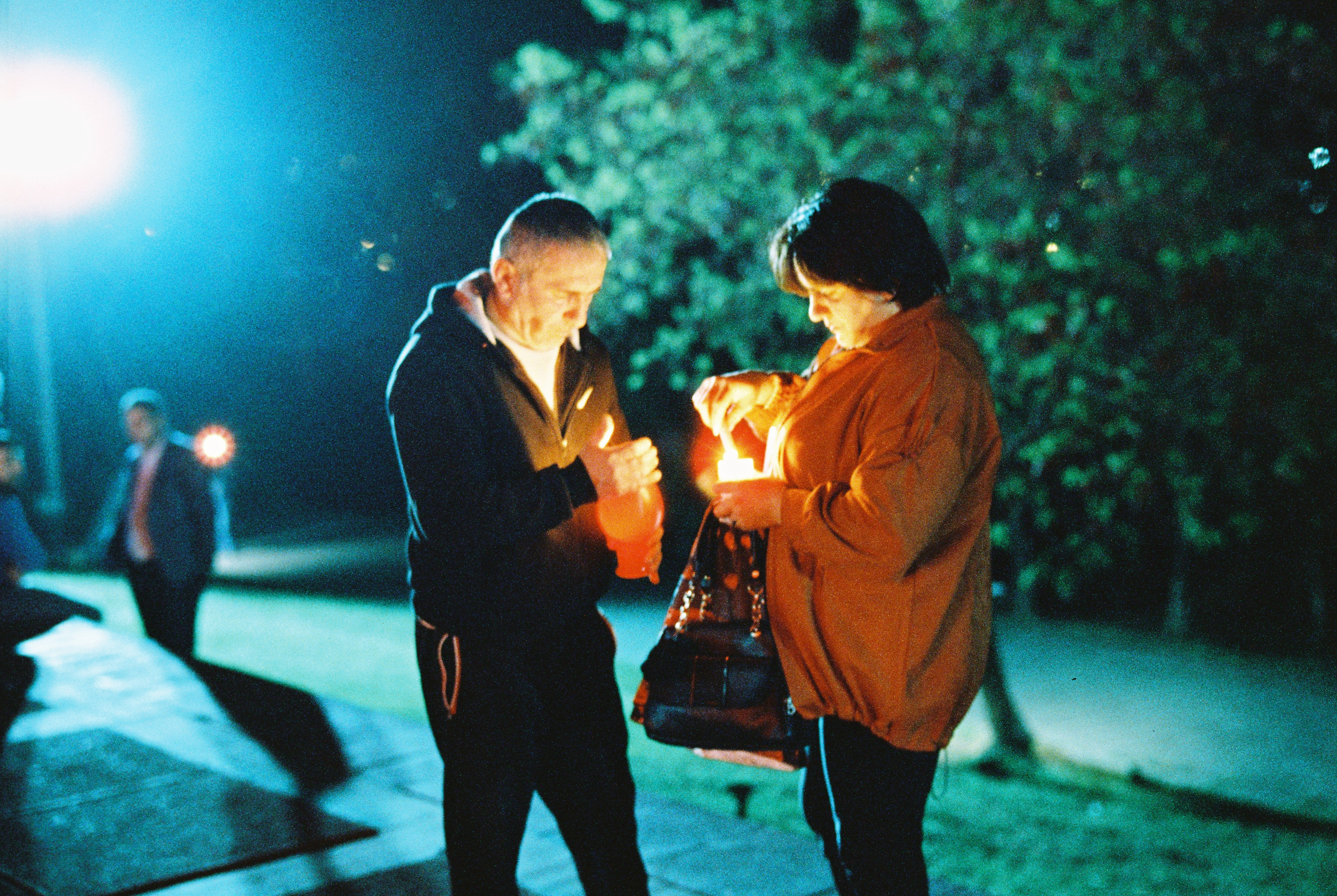
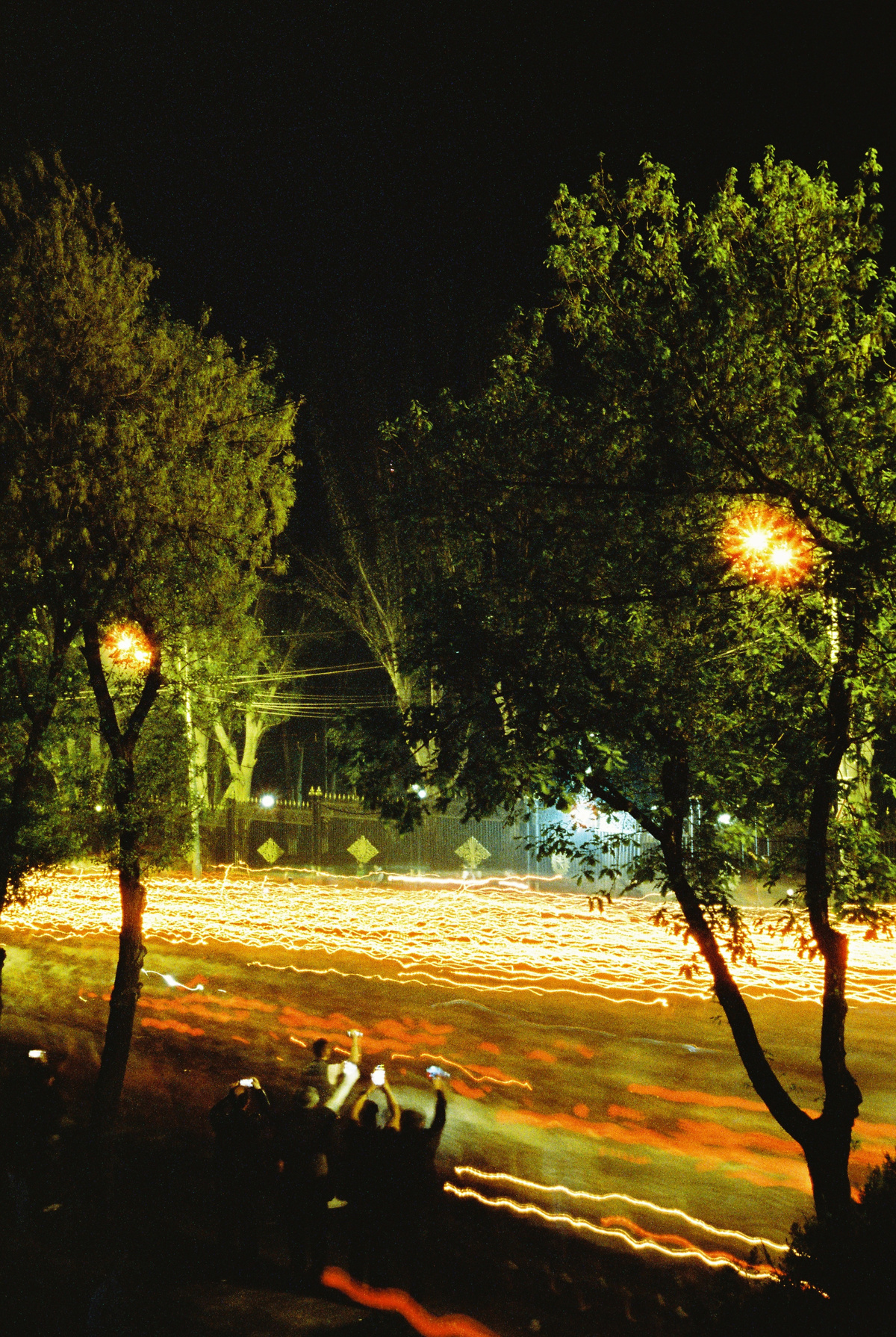

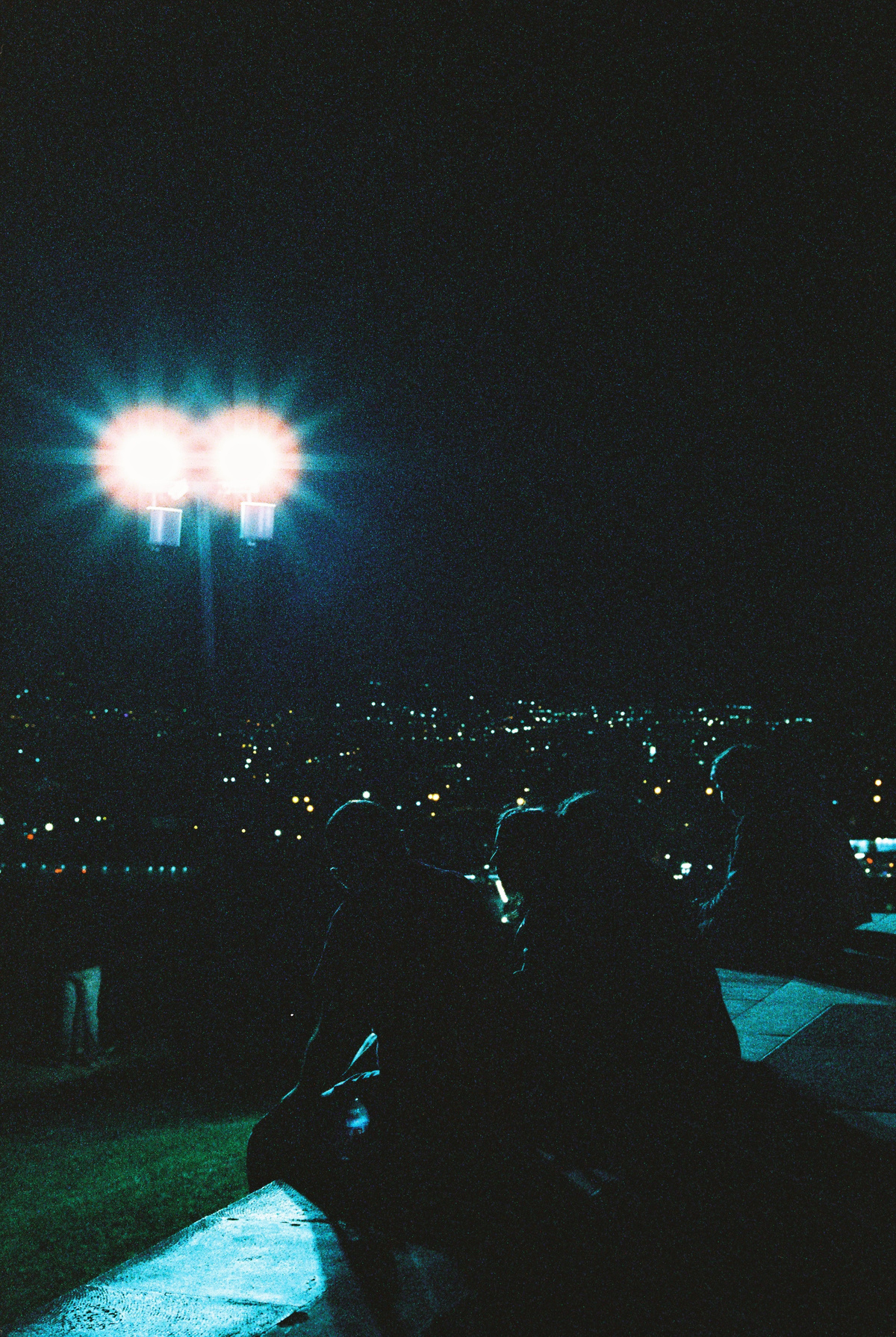
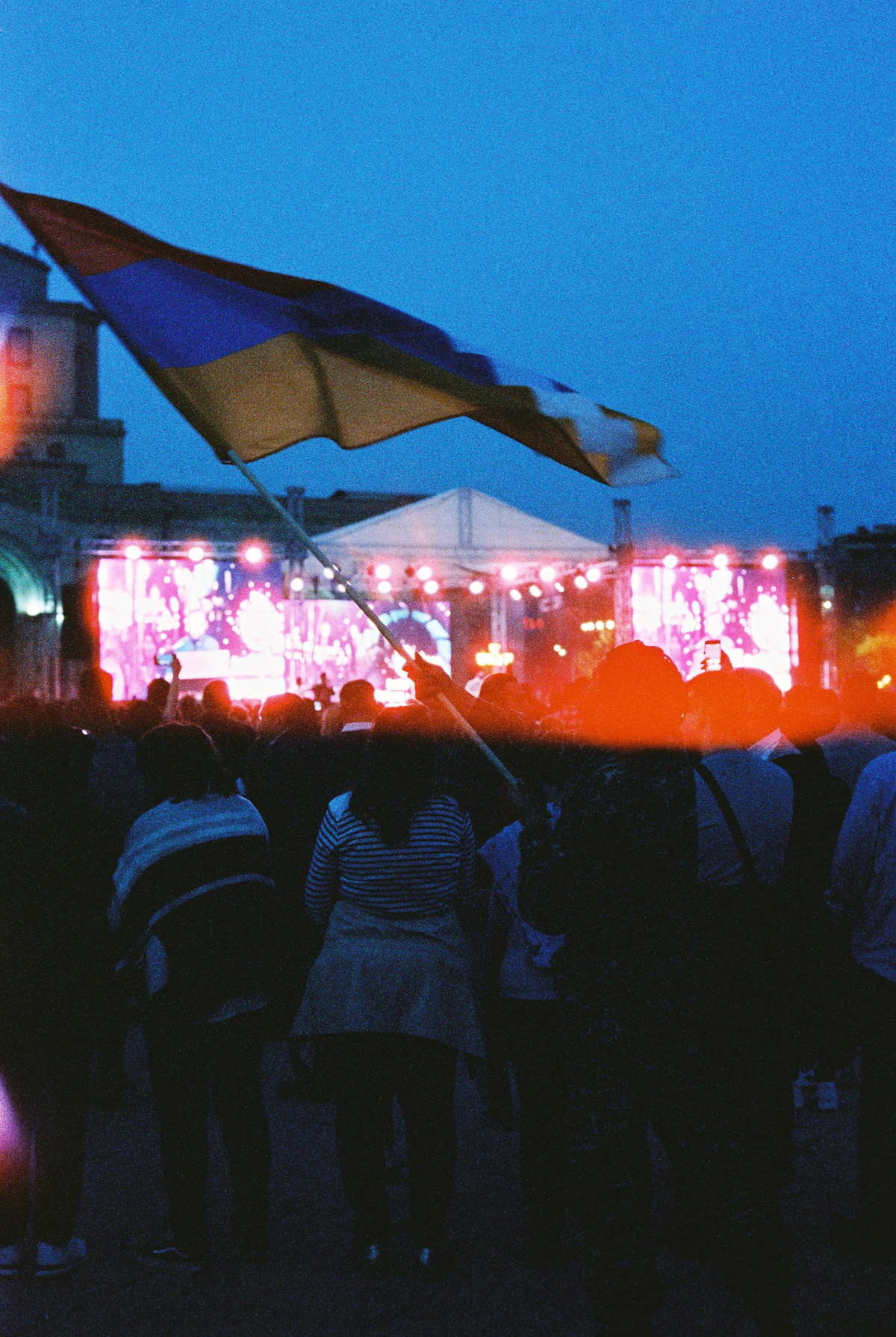
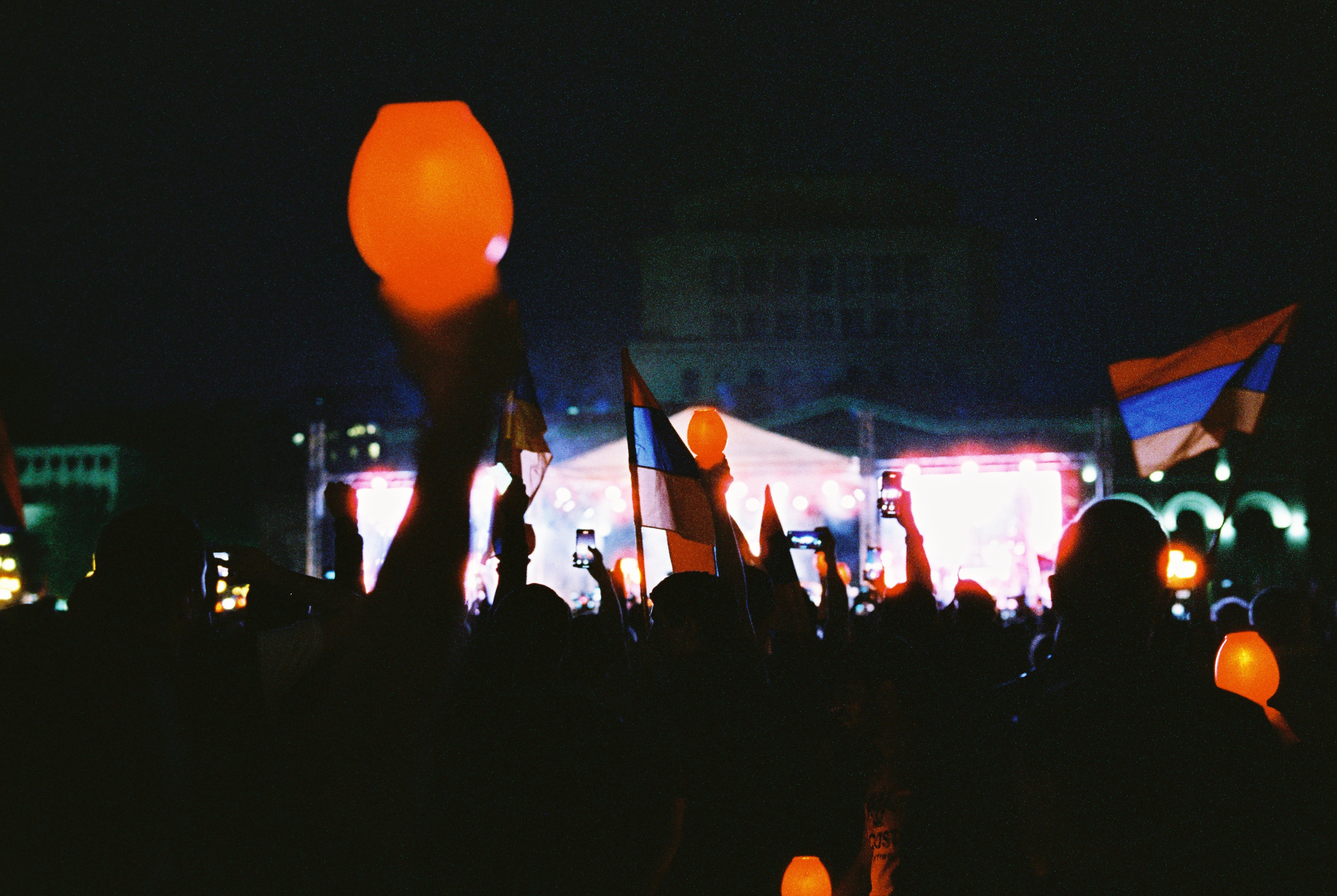
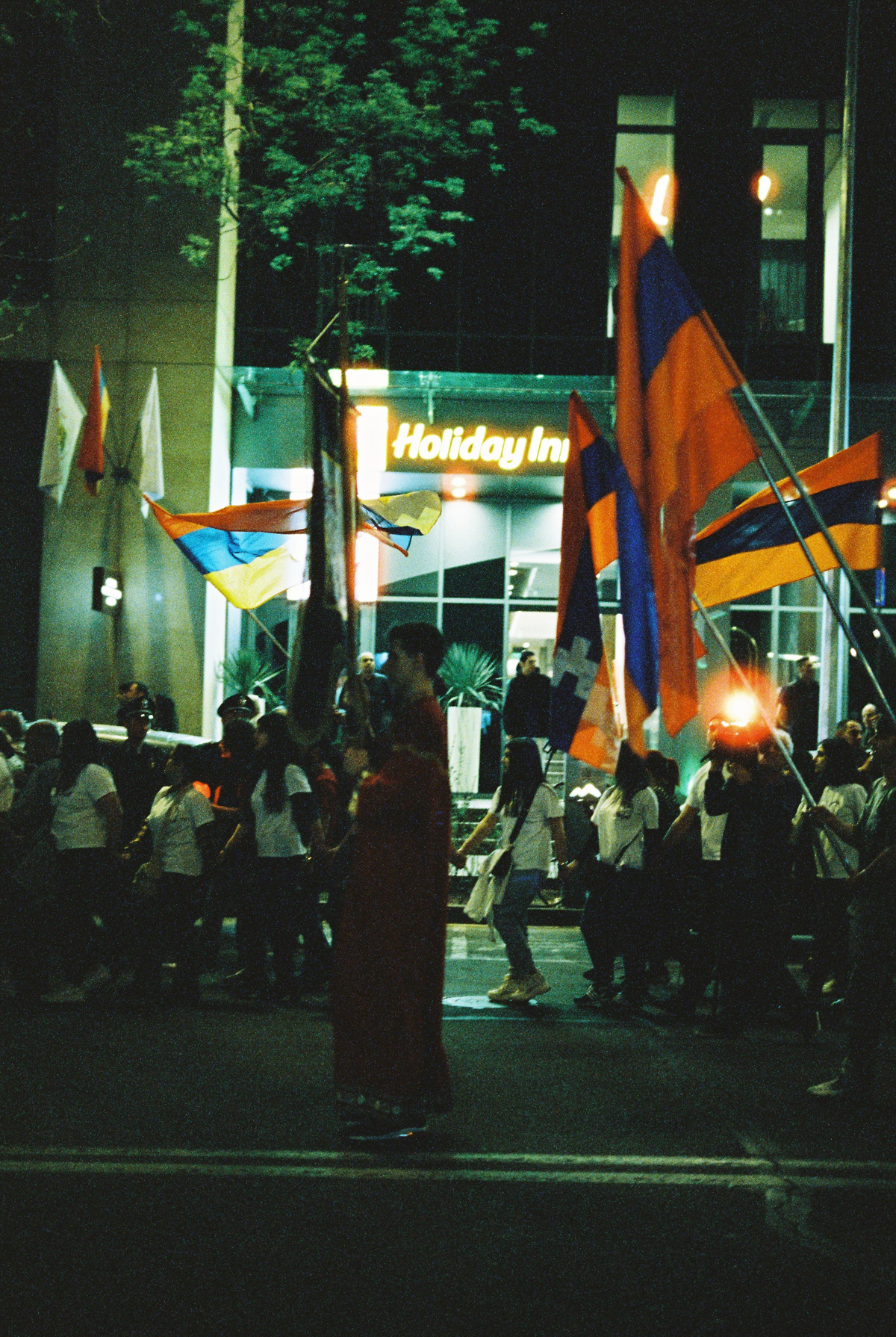
But what would have been lost on me, as an outsider to this culture, was the tie between somber mourning and driving political agendas. Countless Artsakh flags dotted the skyline, like the one above, throughout the night as veterans chanted on-stage about glory, power, and taking back Nagorno-Karabakh. Flag burnings were met with cheers. And it's to the benefit of the Opposition Party, whose identity has been heavily composed of taking back portions of Karabakh and forcing a government resignation. It's easy to draw lines between a unified identity for displaying grief being manipulated to bolster an audience around signaling nationalism.
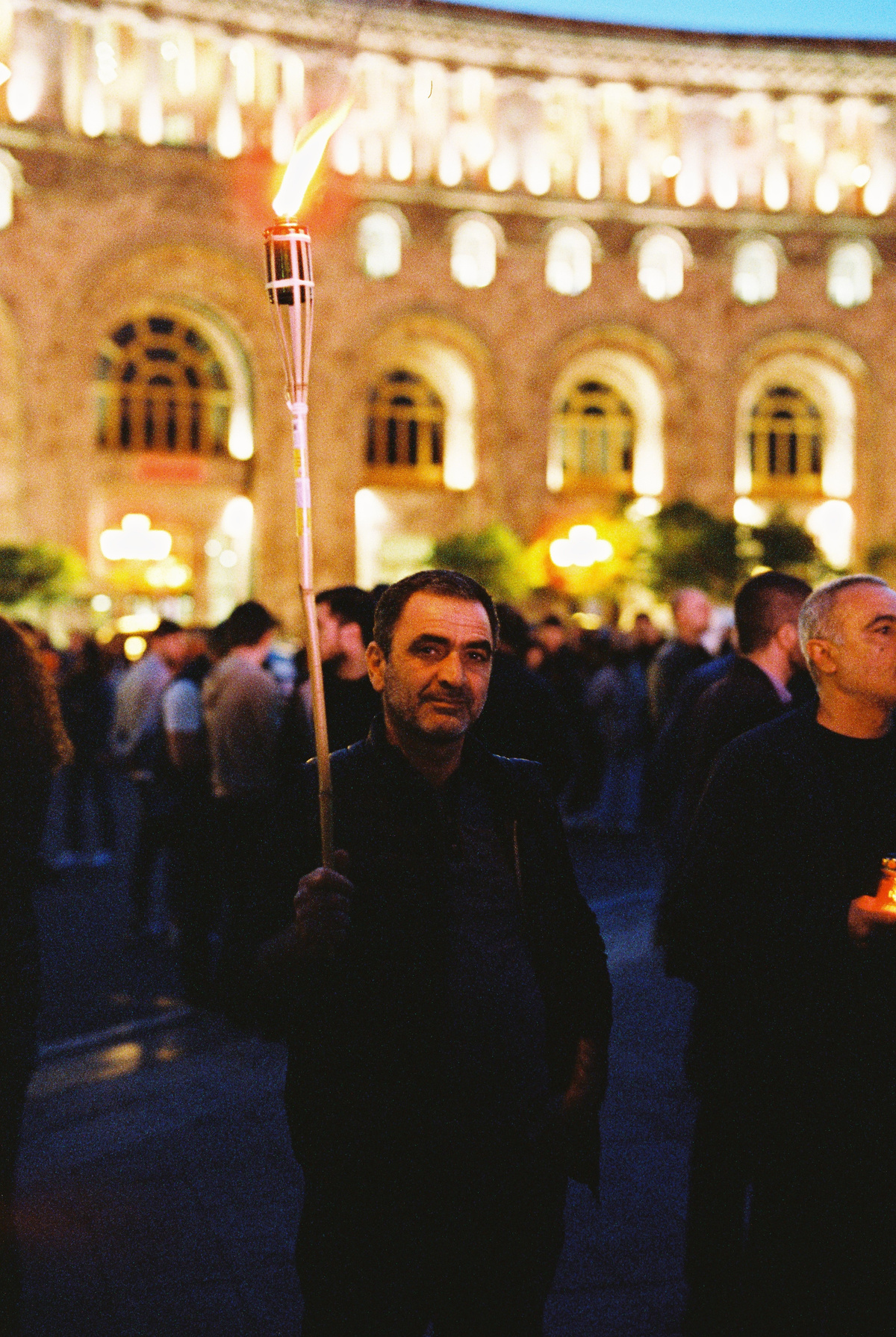
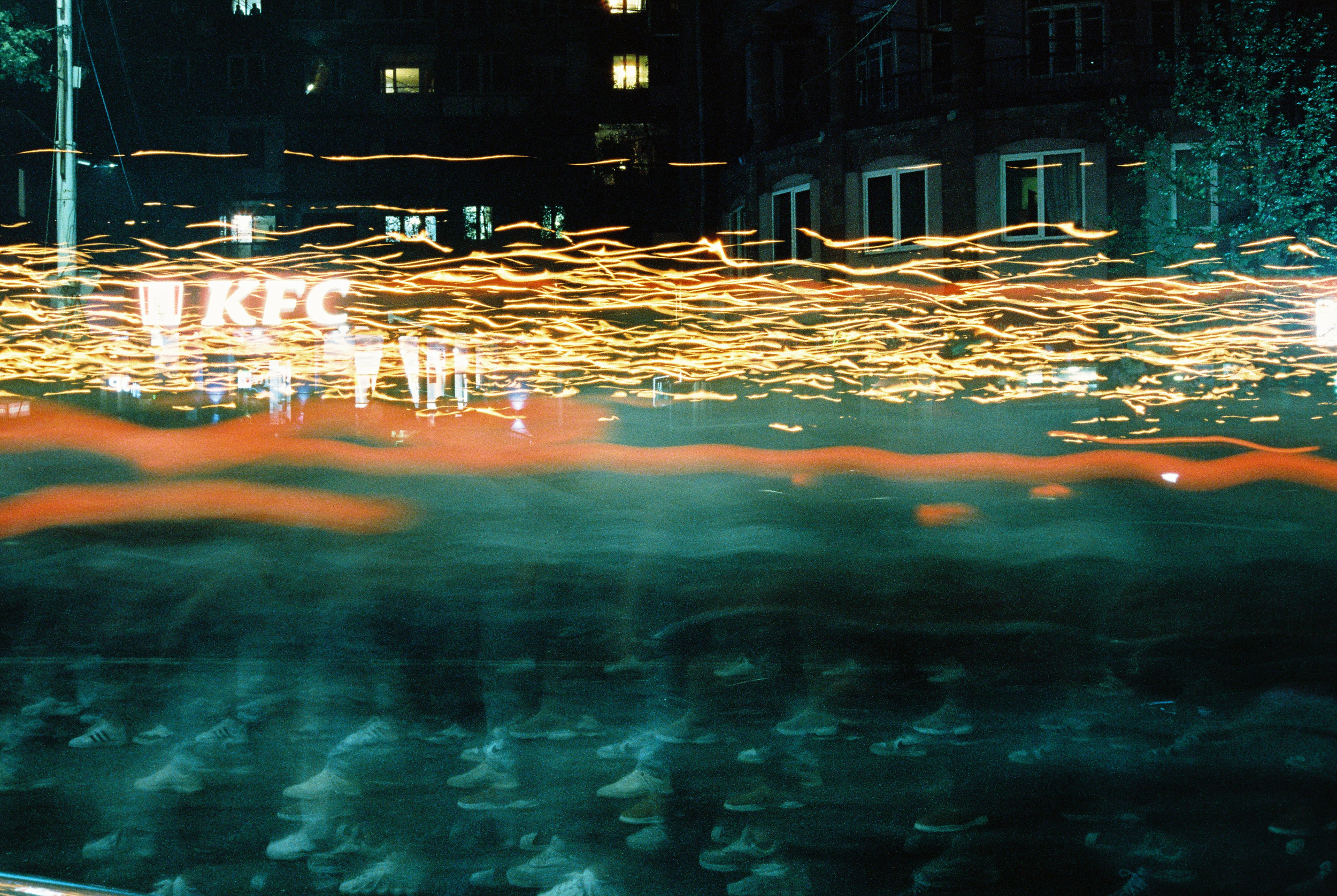
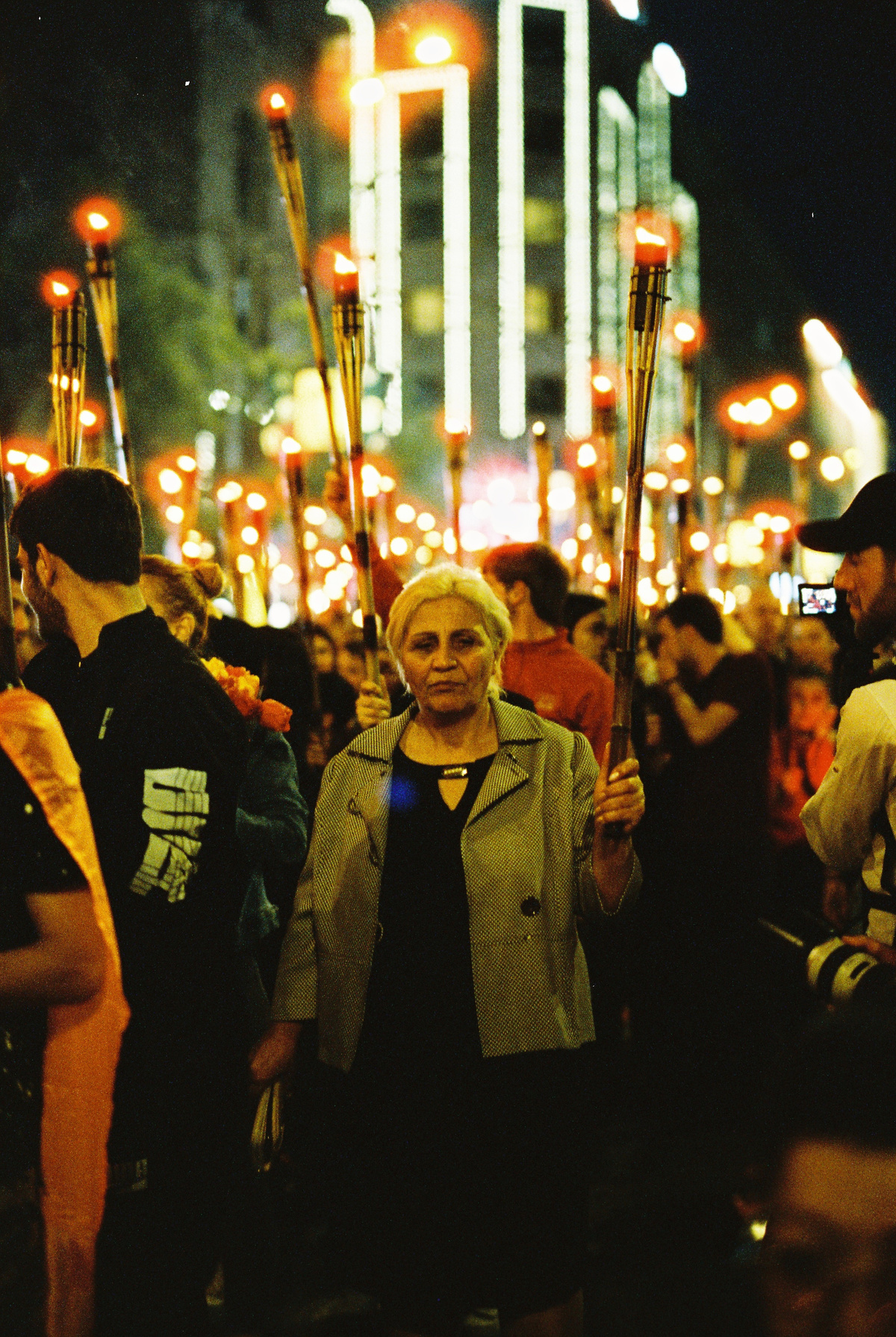
Subtle murmurs of English, French, and Dutch within the pocket of protestors were met with my friend's explanation as "probably birthright-ers or expats, coming back to show solitude". And just like that, a few birthrighters displaying support helped out with parts of this production. Two Swiss-Armenians even helped me sneak backstage to get some of these photos, and when my phone died.
While lending me his phone charger, an American-Armenian explained his thoughts on the divide. He mentioned videos of Armenian soldiers being defaced in Baku's Military Park as the reason he believed it'd be dangerous for him to ever visit. And it's understandable how he'd have that opinion: Baku's Military Park has been heavily criticized for "racist portrayal of Armenians, as well as the insensitivity of displaying helmets that may have been taken from fallen soldiers". But what didn't seem to be broadcasted to the Armenians I interviewed was the torrential backlash internally in Azerbaijan and Turkey against the construction and portrayal of Armenians that erupted when the park was opened, or that all mannequins have been removed from the park after the intense recoil of public support. With any disjoint community, Brandolini's Law comes into full force -- it's just a shame to see it fragment communities to reinforcing isolation.
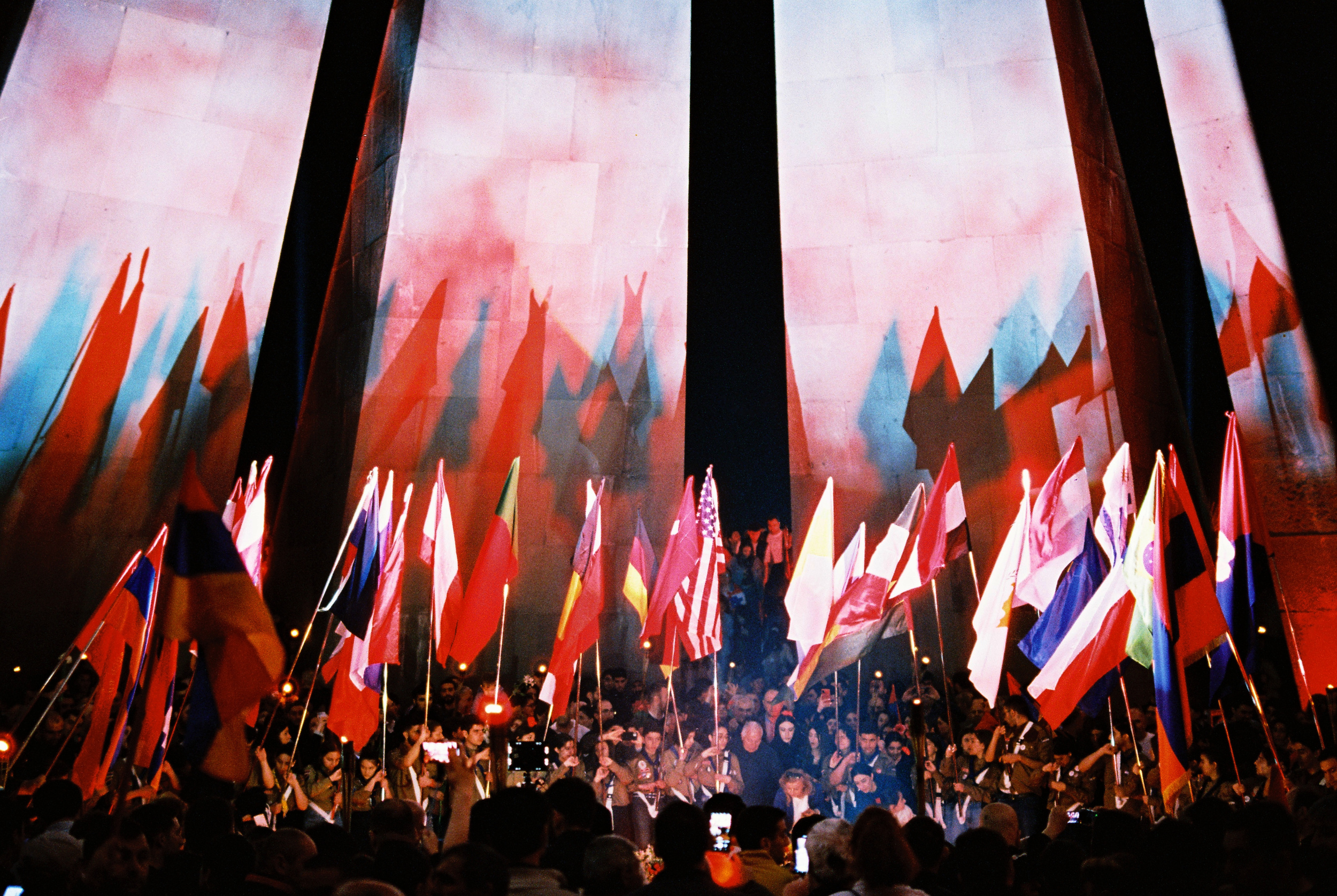
What I wasn't anticipating, though, was the week-long follow-up protest held by the Opposition Party blocking major roadways in the center of the city, complete with parades, loudspeakers and trucks calling for the President to resign.
Flanked by bussed-in police forces, demonstrators marched as loud speakers blared nationalist propaganda. It's difficult to overstate the degree to which these demonstrations would consume the city: even from my house in Kond, 2km from the center of the city, I could easily hear war veterans delivering speeches from the center of the city. Armenian demonstrations grind non-stop Yerevan traffic to a standstill, forcing everyone to at least acknowledge its existence.

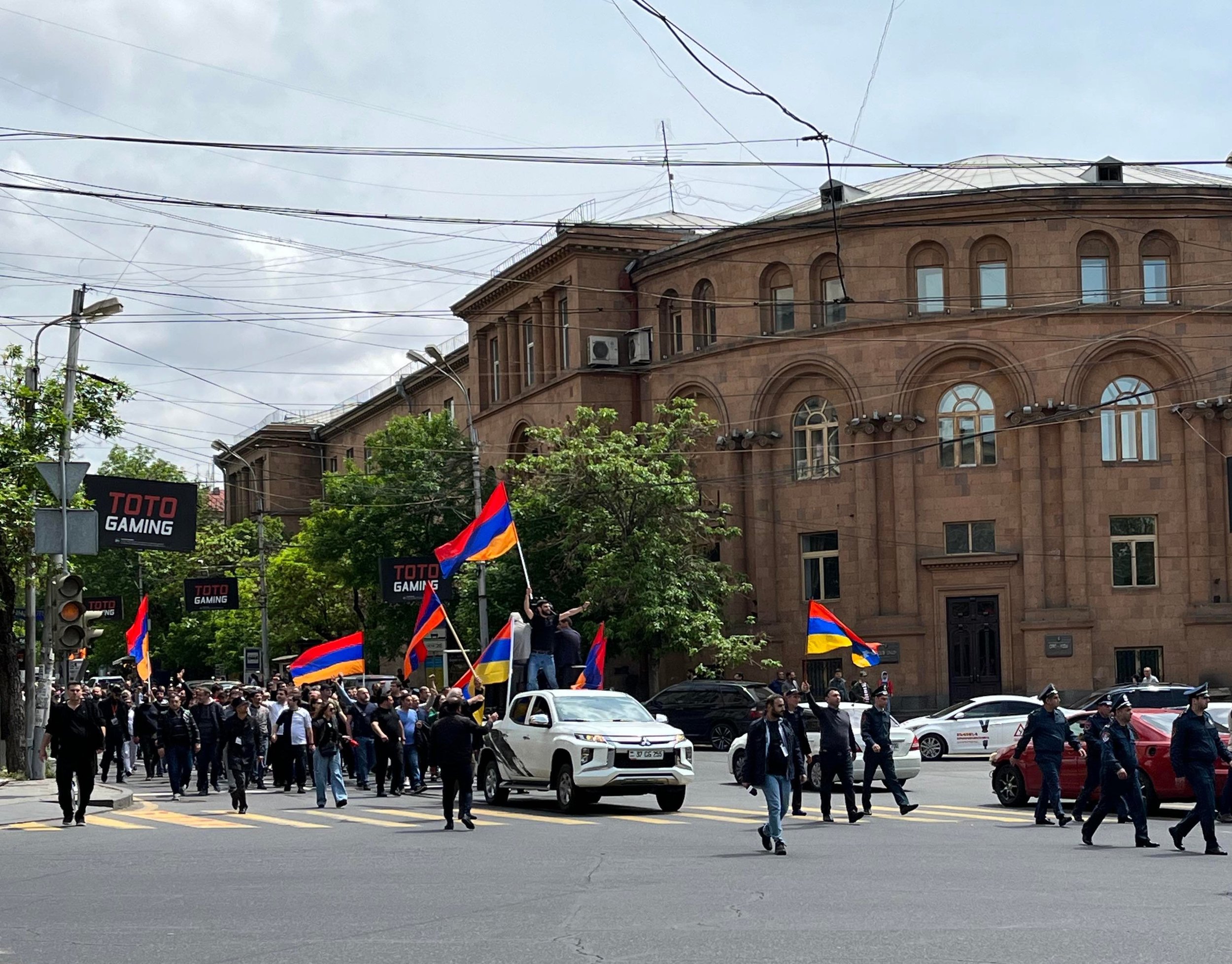
It's also not to say Armenian police simply spectate either. For the previously mentioned disobedience protest campaign, Armenian police have already arrested 414 demonstrators and 100 drivers participating in a car rally.
And it's not like the young of Armenia are rolling over to engage in this. "When they start showing Artsahk flags, I can't stand it," my Peace Corps friend Lilit told me on a hike right after this protest. "It's over the top nationalism, and it's a ridiculous show." My primary host in Armenia rolled his eyes when he saw these protests. "I try to spend as little time as possible in proximity of any of this." And when photographing these events, my questions were met with distinct vocabulary by young people as "nationalism and propaganda" that older people reframed as "pride and patriotism".
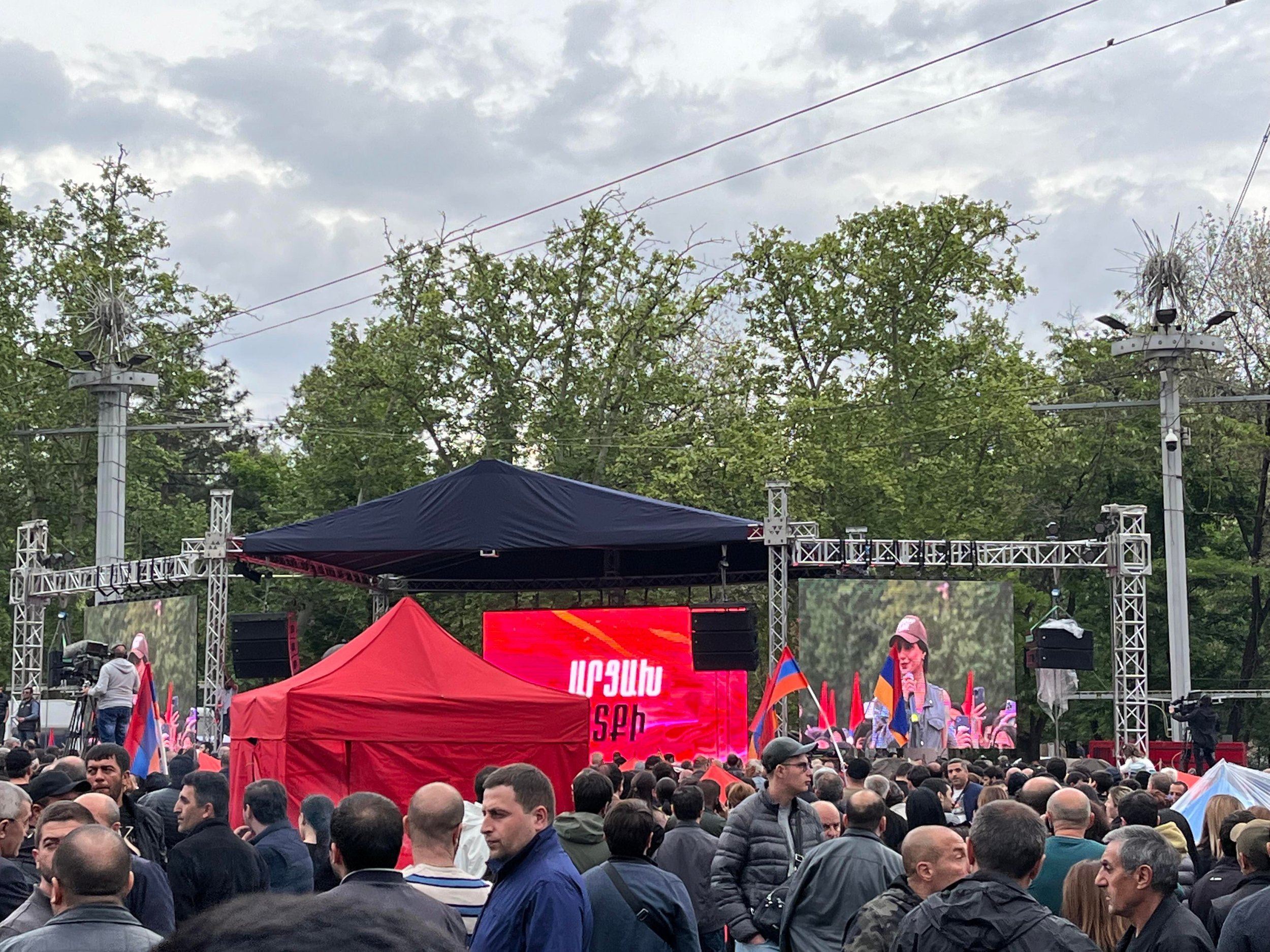
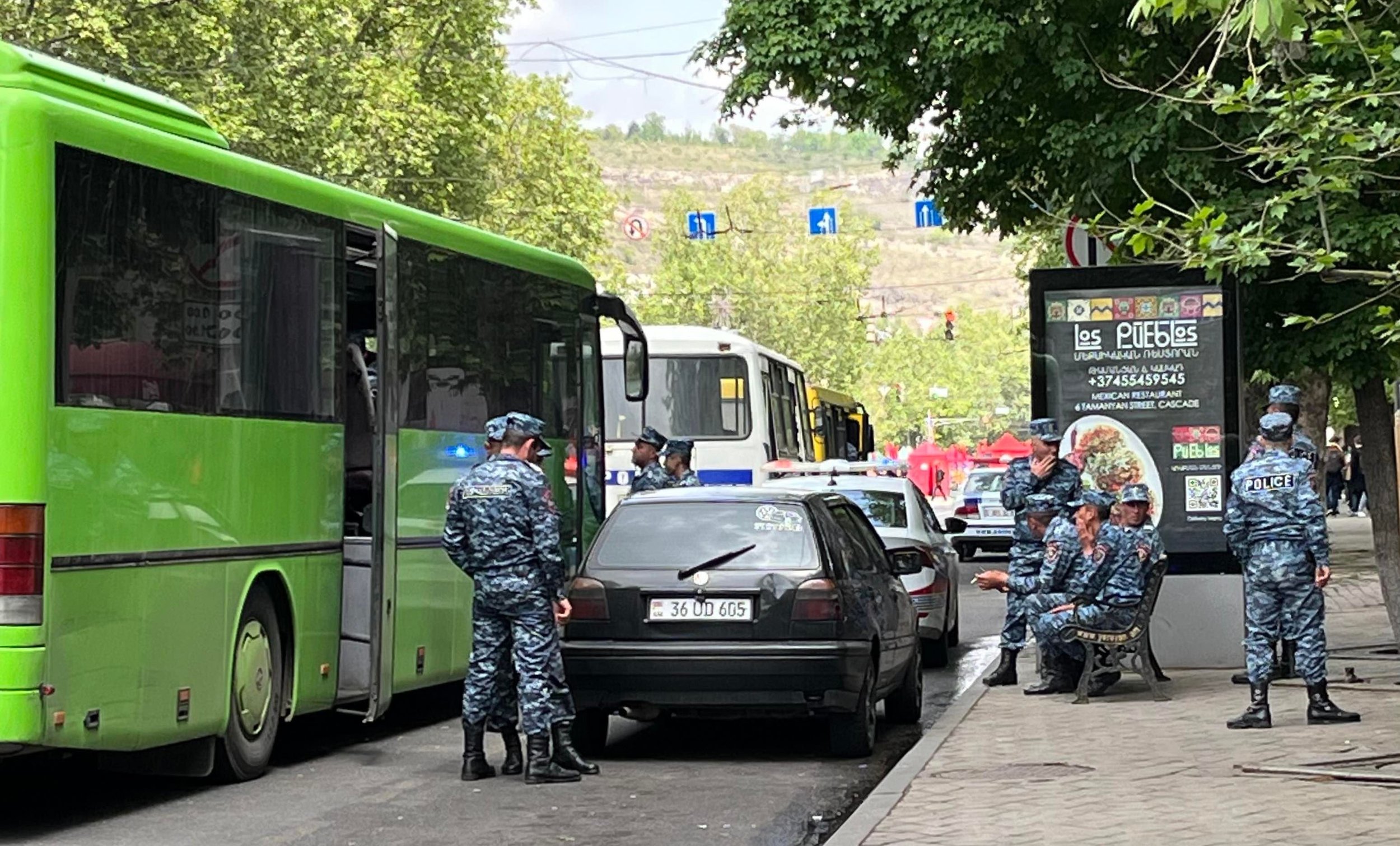
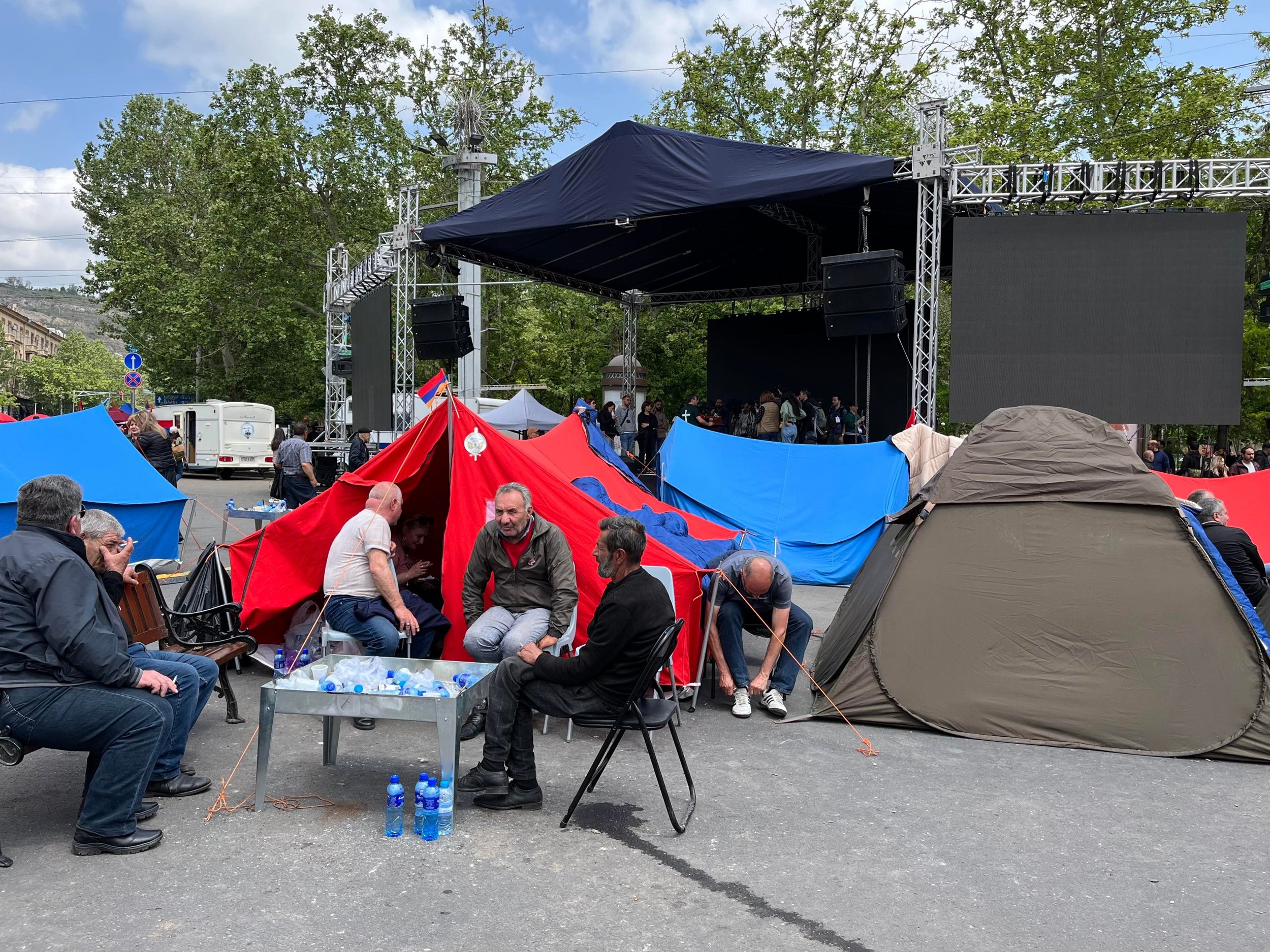
Meanwhile, Azeris also demonstrate - they just don't always have the liberty of knowing whether the government will support or disband their demonstration. Fines for demonstrating have increased 50-fold in the past decade, and the Azeri government has historically banned protests against the passage of legal amendments affecting protest assembly. And currently, Azerbaijani authorities require routinely denied permits to protest, with harsh punishments for violators.
On my last day in Baku, locals held a fairly active protest "against everything -- predominantly freedom of expression and transparency" (a synopsis of the scattered feedback my friend and I had received). Plenty of journalists sprinted around the event taking photos and holding interviews, even in light of new media laws enforcing government registration and tracking. However, within 15 minutes of the protest chants and flag waving starting, police started incurring arrests through ripping people out from the crowd into police vans. Special police disguised as civilians formed walls around parks and statues, blockading portions of protestors following the main crowd, to dissipate any gathering.
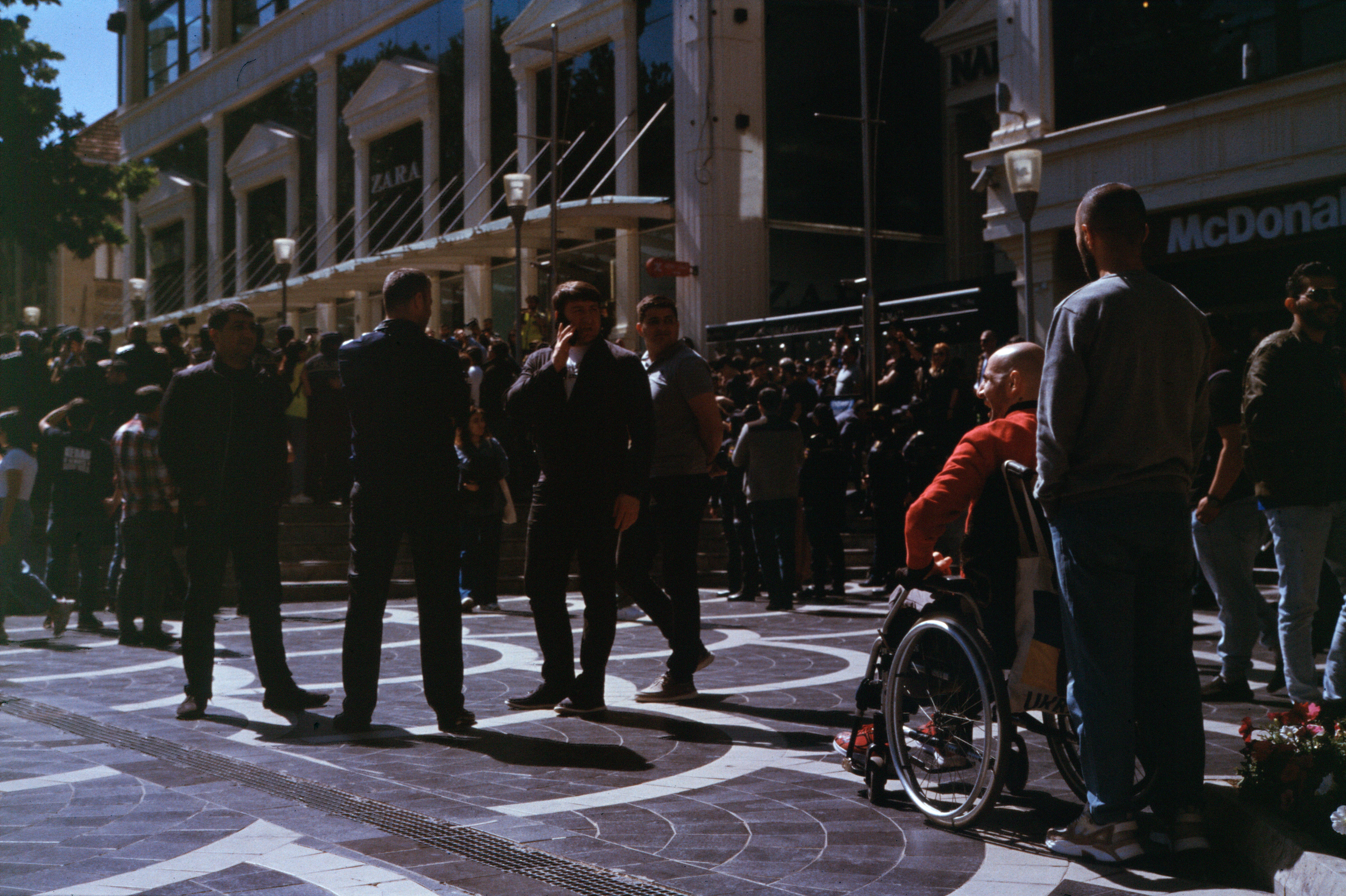
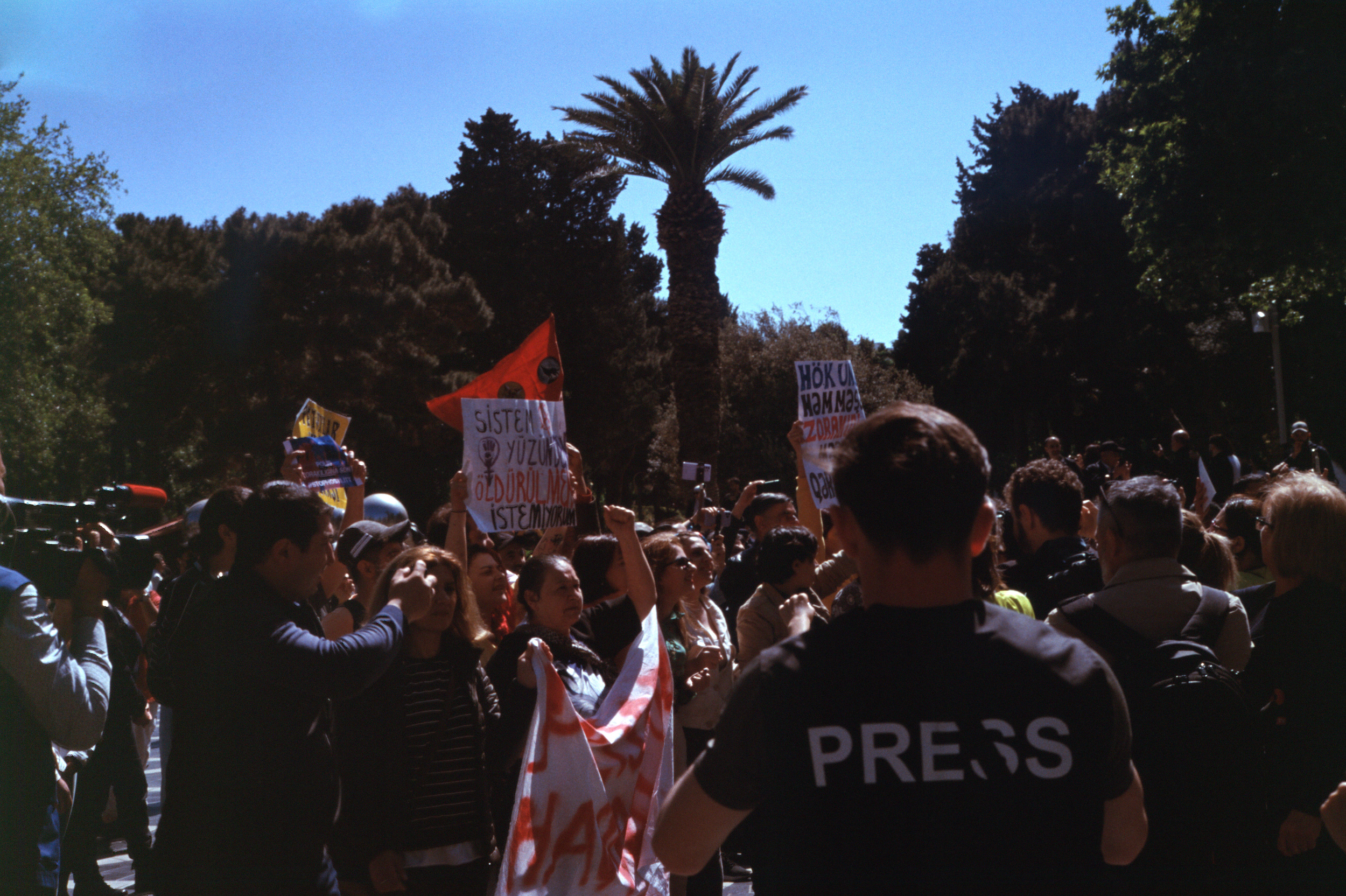

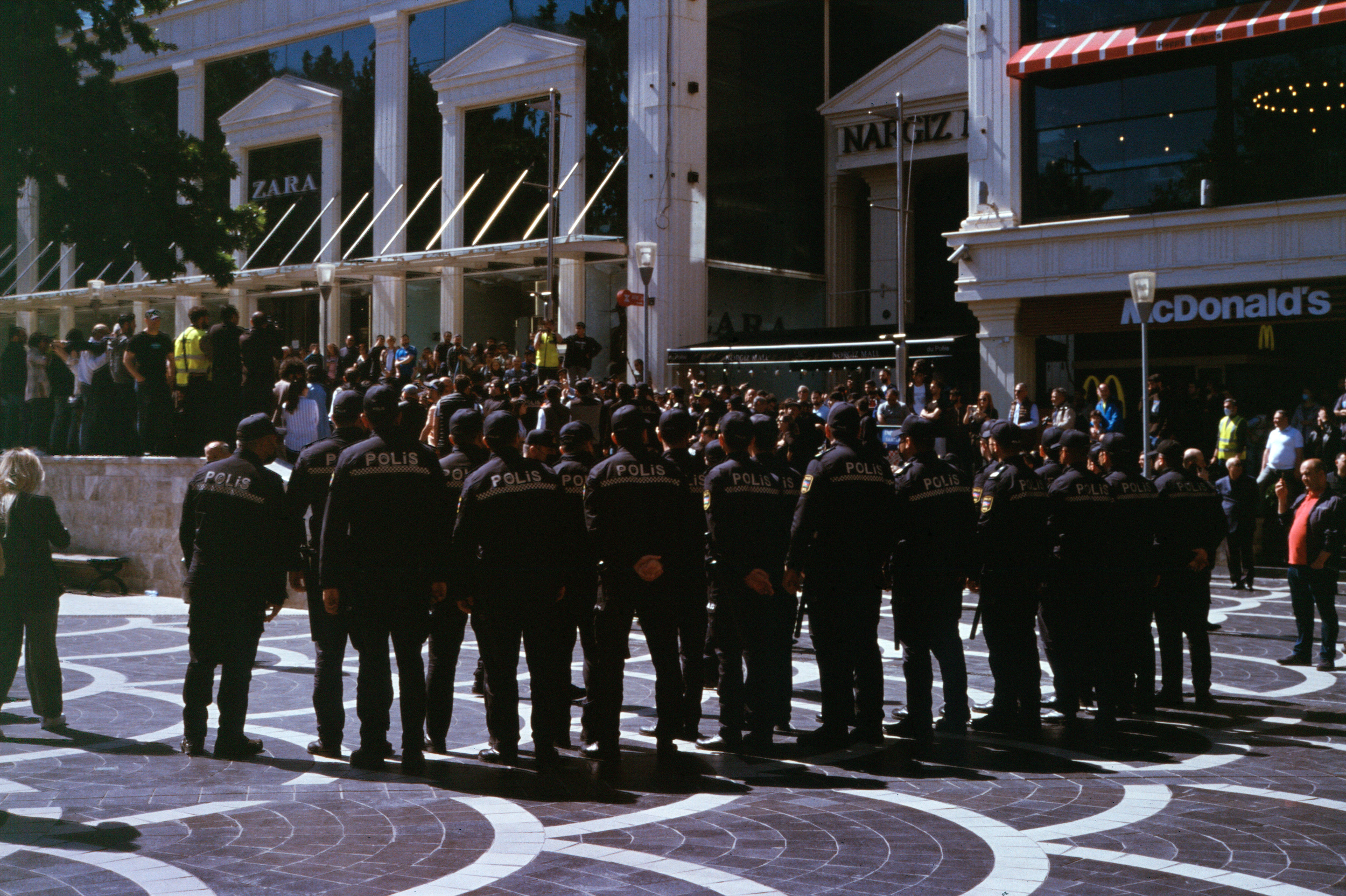
Any conclusion comparing each country's method of mass expression would be a grand simplification that punctures the scope of this article. But I'll say this: Armenia's bottom-up, open, and emotional outcries of distaste and remembrance starkly contrasts Azerbaijan's more top-down, controlled, and finessed public image of assertions against the system.